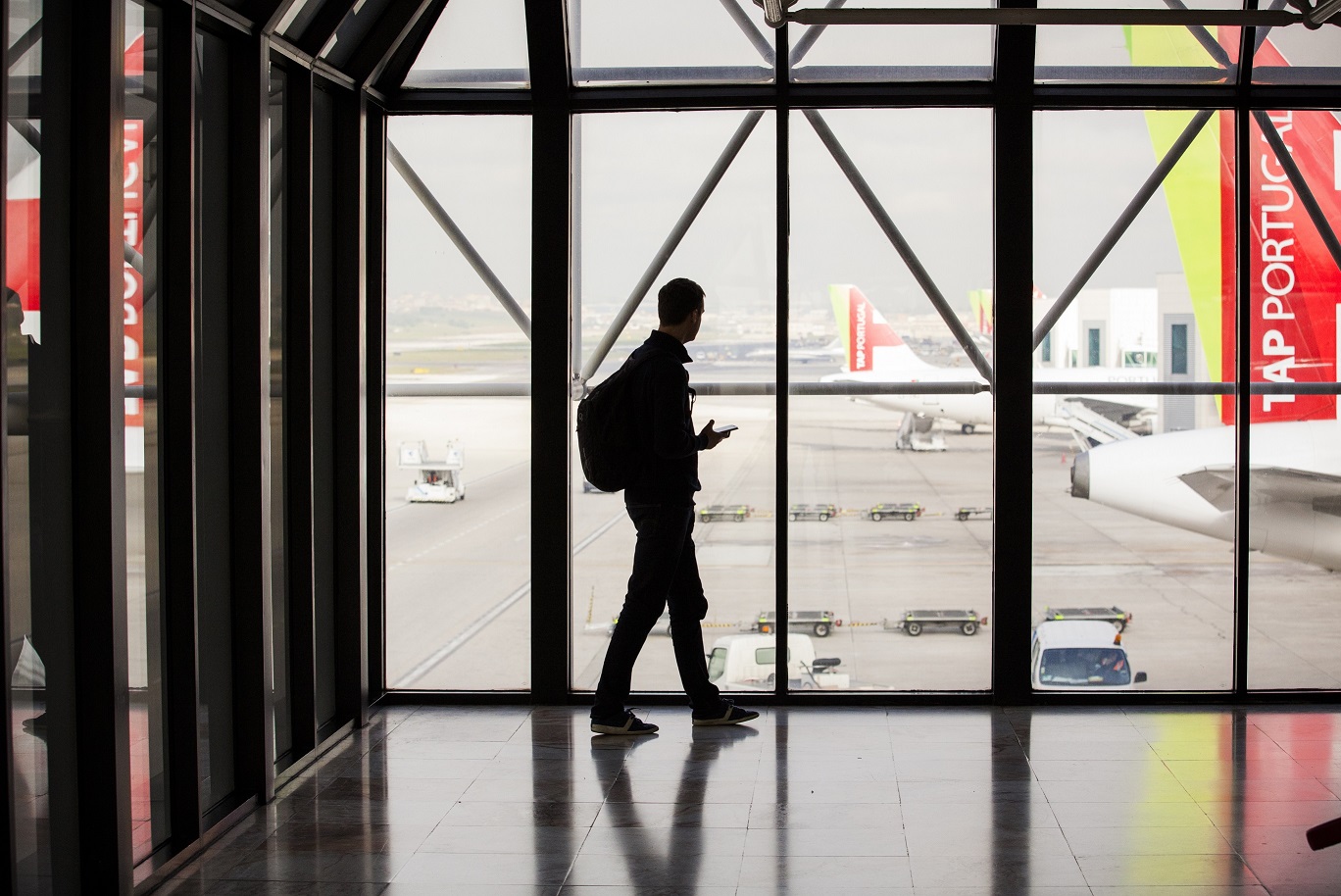How Is Southwest Planning to Bounce Back from Last Year’s Holiday Chaos?
Southwest is making the necessary changes to ensure Christmas 2023 does not look a lot like Christmas 2022
by Lark Gould
April 26, 2023
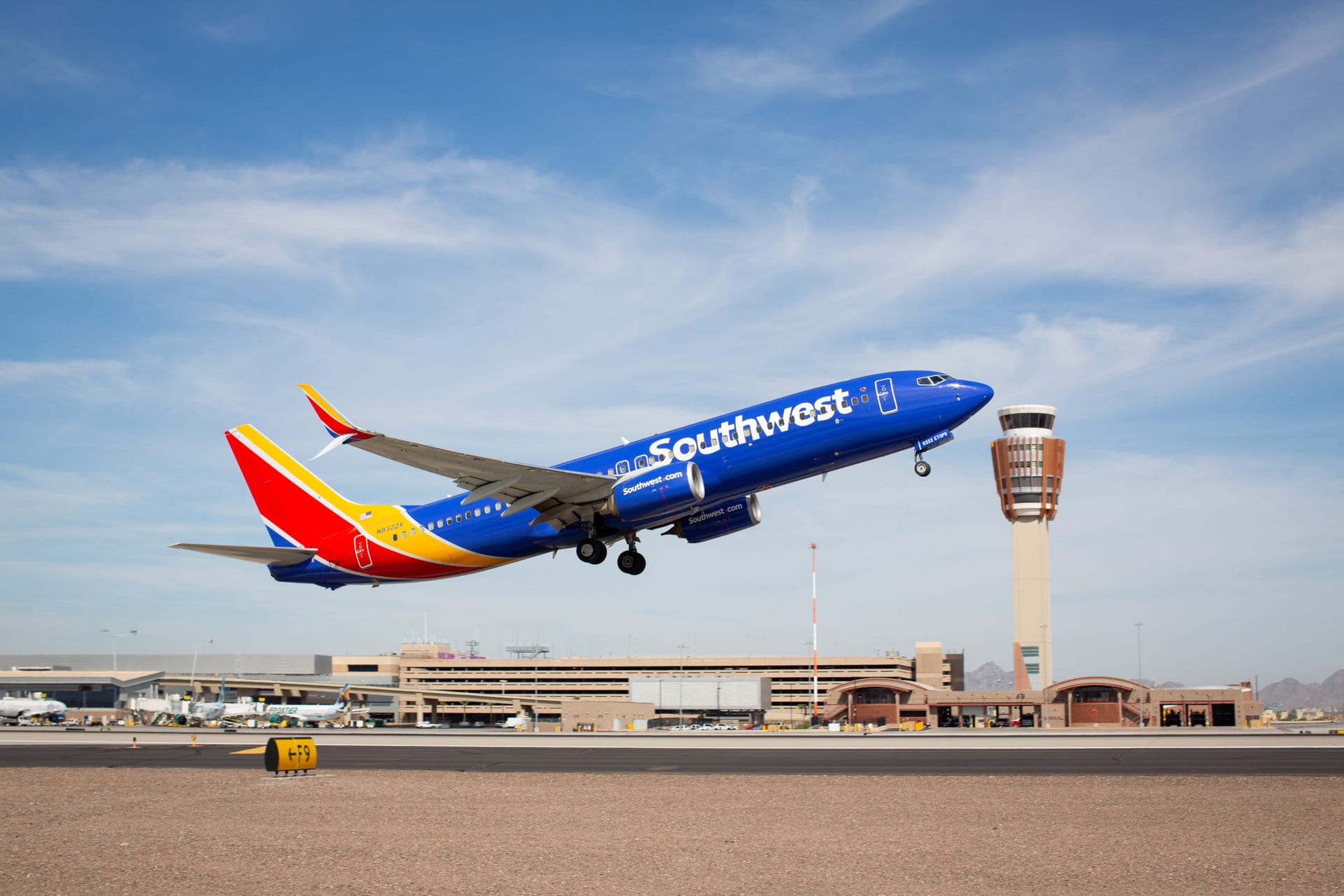
Photo: Phoenix, Arizona. Courtesy of Southwest Airlines / Stephen M. Keller
Southwest Airlines has unveiled an “action plan” to avoid another operational meltdown like last December, which resulted in 16,700 aircraft cancellations and 2 million customers being delayed during the crucial holiday travel season.
The airline’s plan includes investing in technology to help it quickly resume operations during severe weather, increasing the availability of winter equipment and staffing at select airports, and strengthening communication and decision-making procedures among divisions that handle aircraft operations.
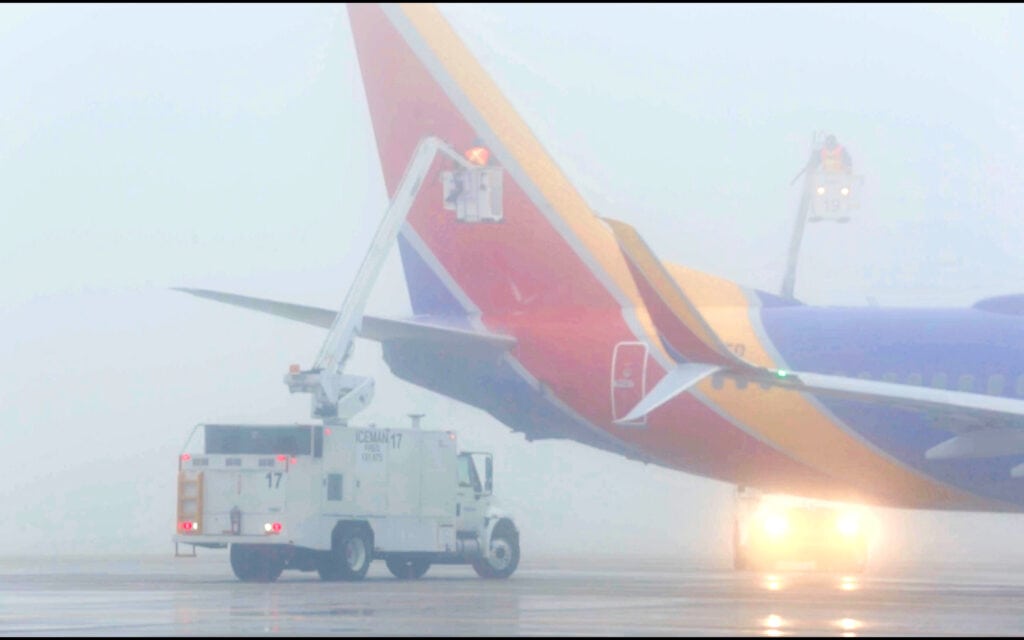
Photo: Courtesy of Southwest Airlines
Many flights were canceled late last year as a winter storm tore across the United States. As a result, Southwest Airlines didn’t resume regular operations for several days, even though several airlines were able to recover relatively fast. In addition, crew members were left holding the bag due to a lack of communication between crew members and their dispatchers and schedulers and the inability of the airlines’ outdated systems to keep up with the pace of change.
In the action plan that was released in March, Southwest (LUV) stated that it had “taken many weeks of work to sort through the complexity of contributing factors” and that the “root causes and lessons learned are guiding our efforts to make Southwest (LUV) better prepared to handle truly extreme winter weather events as we move forward.”
The chaos experienced within the Southwest route system during the holidays has angered Congress and its pilot union. According to the pilots’ union, the airline’s technology issues were expected and preventable, which has previously testified that the operation was held together with “duct tape” and that the system has broken numerous times “with increasing frequency and magnitude.” The airline has also been under investigation by the Department of Transportation.

Photo: Courtesy of Southwest Airlines
Due to the disruption, Southwest announced a loss for the fourth quarter in January and forewarned a loss in the first quarter due to costs from those issues. The airline lost around $800 million due to the system’s crash. Approximately 2 million people lost their seats on canceled flights, and transportation operations were crippled for over a week before and after Christmas.
“Are there structural changes needed to the Southwest business model or route network, based on what happened in December? We believe the answer is no,” CEO Bob Jordan told investors at the JP Morgan Industrials Conference on March 14.
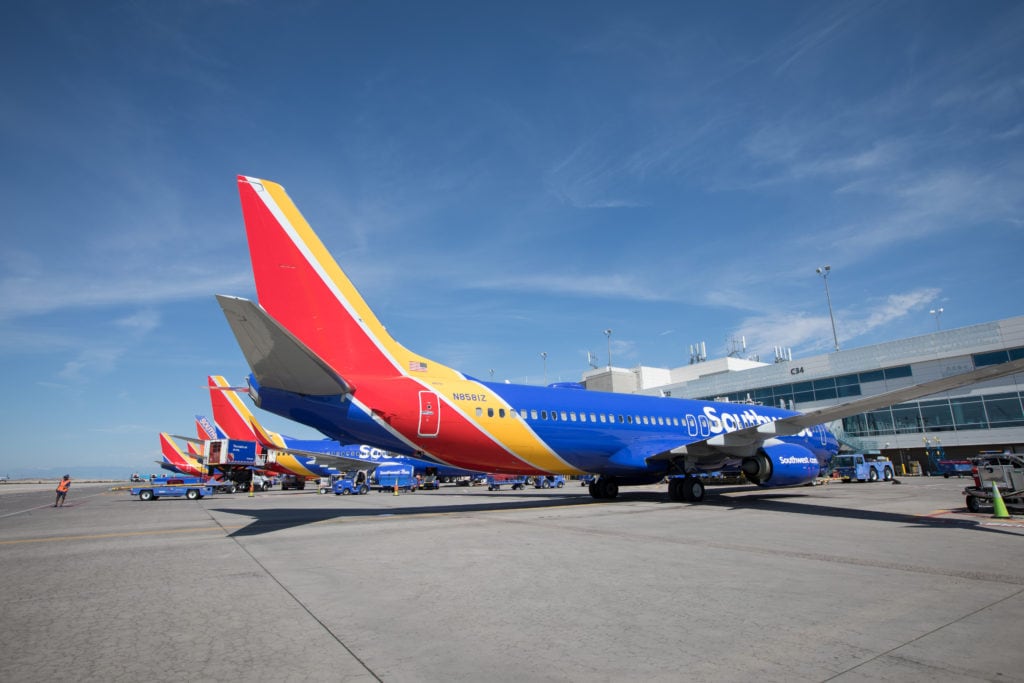
Southwest Airlines operations in Denver. Photo: Courtesy of Southwest Airlines / Stephen M. Keller
“We understand the root causes that led to the holiday disruption, and we’re validating our internal review with the third-party assessment. Now, we expect to mitigate the risk of an event of this magnitude ever happening again. Work is well underway implementing action items to prepare for next winter—with some items already completed.”
This year — with a target for completion in October — Southwest is investing more than $1.3 billion for purchases, improvements, and upkeep of its information technology (IT) systems. The company also intends to modernize the phone system for customer assistance and services to handle better surges and the electronic crew notification and crew phone systems.
In addition, the airline announced that it expects to increase winter crew in specific areas and install a new weather program to decrease holdover periods for deicing. The company had already made inroads in upgrading its crew optimization software to address the functional issues revealed in December’s debacle.
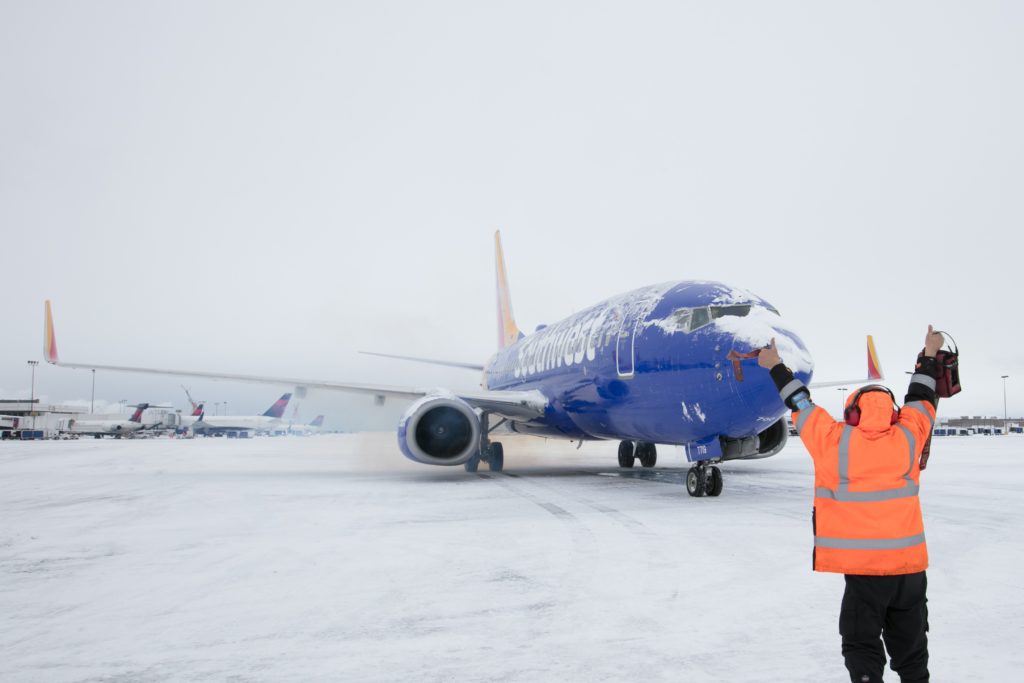
Photo: Courtesy of Southwest Airlines
The company’s action plan, which Jordan noted is complementary to an already-existing multi-year operations modernization plan, is divided into three parts:
- Enhance cross-team collaboration to improve processes, decision-making, escalation procedures, and communication during irregular operations.
- Accelerate investments in technology and tools for better winter operations.
- Purchasing deicing trucks, pads, engine covers, and engine warmers and obtaining additional deicing fluid capacity at crucial network nodes are all part of the strategy.
“With this,” Jordan stated, “we hope to reduce the likelihood that a catastrophe of this size will ever occur again.”


